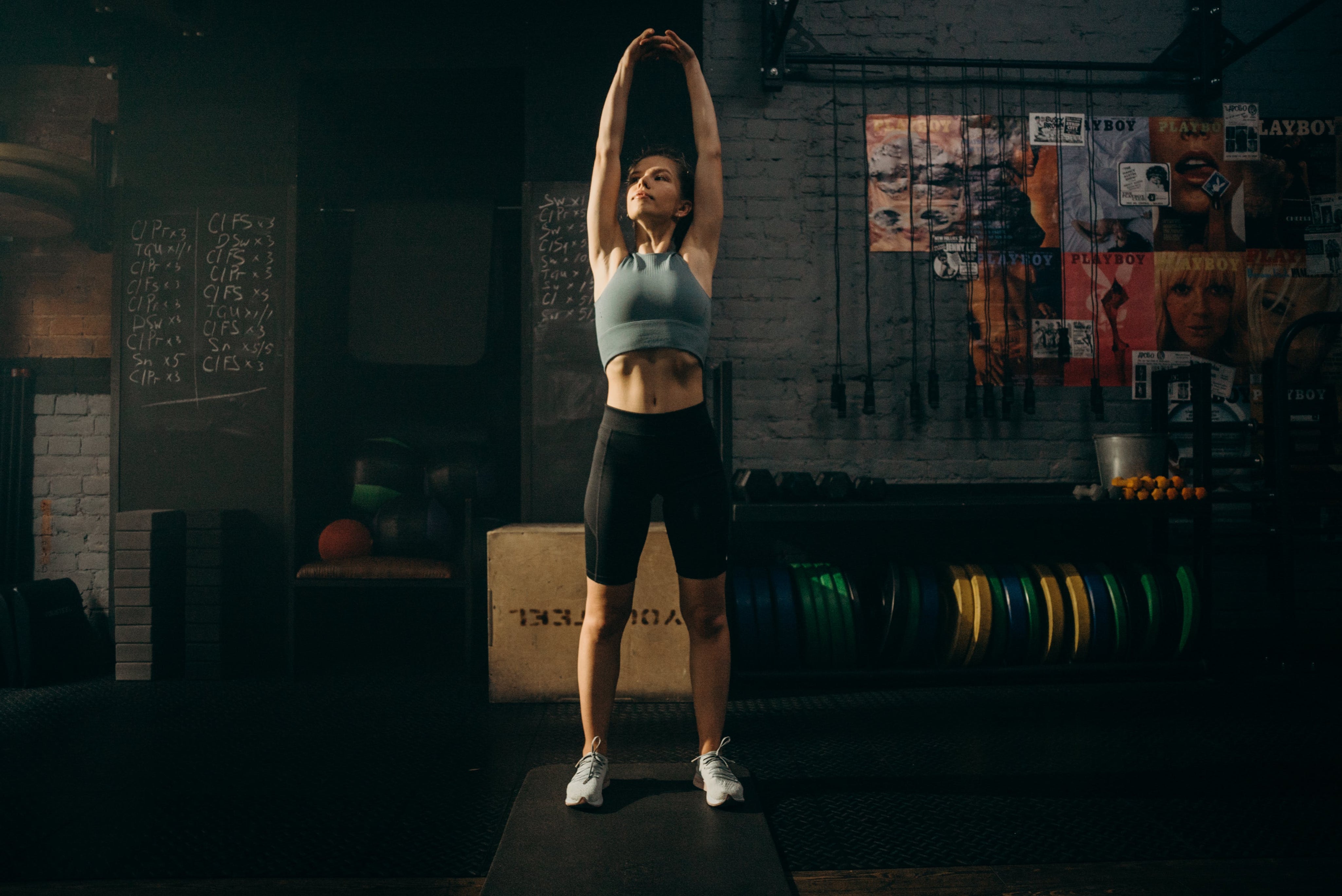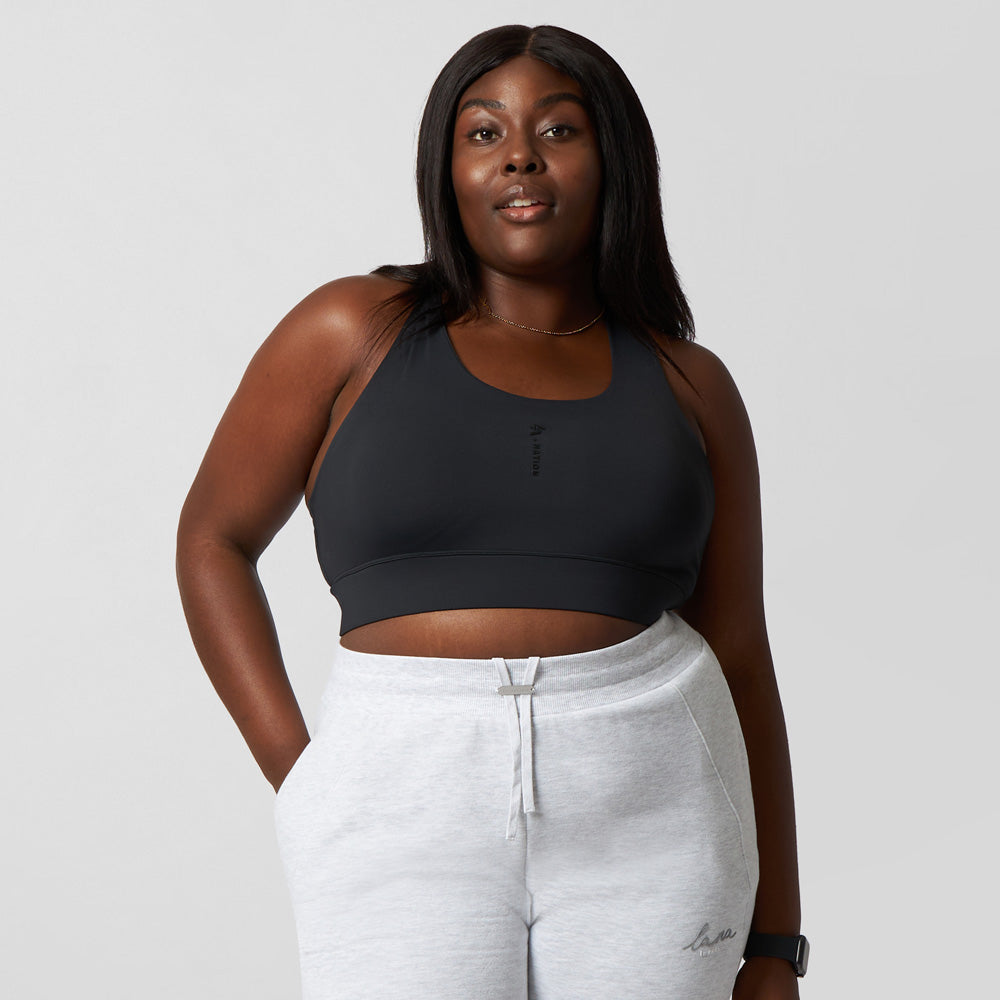Preventing & Treating Common Lower Body Workout Injuries for Women

Embarking on a lower body workout routine is an excellent way for women to enhance their strength, improve cardiovascular health, and achieve their fitness goals. However, as with any physical activity, there is a risk of injuries. Understanding how to prevent and treat common lower body workout injuries is crucial for maintaining a safe and effective fitness regimen. Here are a couple of things you should take into consideration when carrying out a lower body workout.
Key Tips & Advice For Avoiding Injury

Warm Up & Stretching: The Foundation of Injury Prevention
Before diving into a lower body workout, it's essential to prepare your muscles and joints for the demands of exercise. A proper warm-up increases blood flow to the muscles, boosts flexibility, and reduces the risk of injury. Dynamic stretches, such as leg swings and hip circles, can help improve mobility and prevent strains.
Proper Technique: Form Matters
Correct form is the cornerstone of injury prevention. Whether you're squatting, lunging, or performing any lower body exercise, maintaining proper technique is crucial. If you're unsure about your form, try searching for some explanation videos or even consider working with a certified fitness trainer who can provide guidance and corrections.
Gradual Progression: Avoid Overtraining
Many injuries occur when individuals push themselves too hard or progress too quickly. Gradual progression allows your muscles and connective tissues to adapt to new challenges. Listen to your body, and don't hesitate to modify exercises or decrease intensity if needed. Consistency over time is key to sustainable progress.
Footwear Matters: Choose the Right Shoes
Wearing the appropriate footwear is often overlooked, but it plays a significant role in preventing lower body injuries. Invest in shoes that provide proper support, stability, and cushioning for your specific workout activities. Ill-fitting or worn-out shoes can contribute to issues like shin splints, stress fractures, and joint pain.
Cross-Training: Diversify Your Workouts
Repetitive stress on the same muscles and joints can lead to overuse injuries. Incorporate cross-training activities into your routine to give specific muscle groups a break and reduce the risk of strain. Activities like swimming, cycling, or yoga can complement your lower body workouts and provide a well-rounded fitness approach.
Common Lower Body Injuries & Their Treatment
If you experience a strain or sprain, following the RICE protocol is essential. Rest the affected area, apply ice to reduce swelling, use compression to support the injured area, and elevate the leg to minimise inflammation. Consult with a healthcare professional if the pain persists or worsens.
Shin Splints: Modify Activities & Ice Application
Shin splints often result from overuse and can be alleviated by modifying high-impact activities. Incorporate low-impact exercises, such as swimming or cycling, and apply ice to the affected area to reduce inflammation. Adequate rest is crucial for recovery.
Knee Pain: Strengthening Exercises & Proper Alignment
Knee pain can be caused by weak muscles or improper alignment during exercises. Strengthening the muscles around the knee, including the quadriceps and hamstrings, can provide support. Focus on exercises that promote proper biomechanics and consider consulting a physical therapist for personalised guidance.
Looking for comfy and stylish gym wear for your workouts? Check out LA Nation for a variety of women’s gym clothing.


